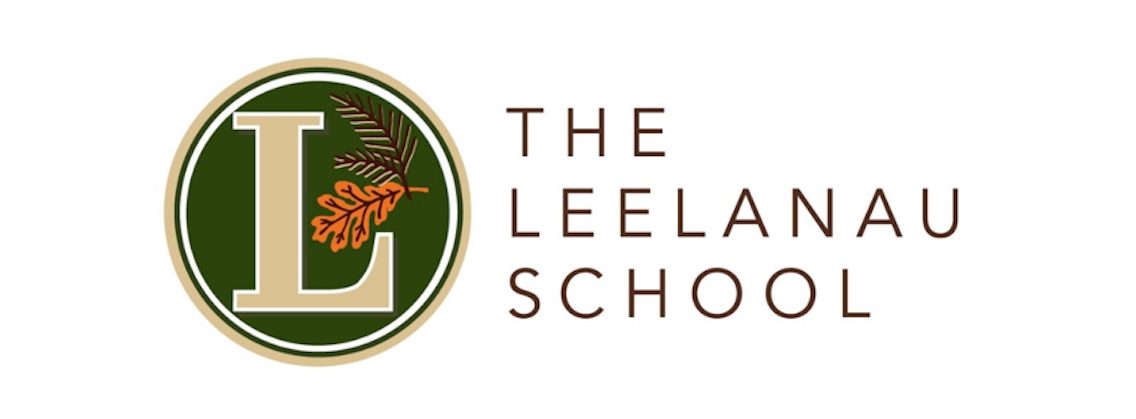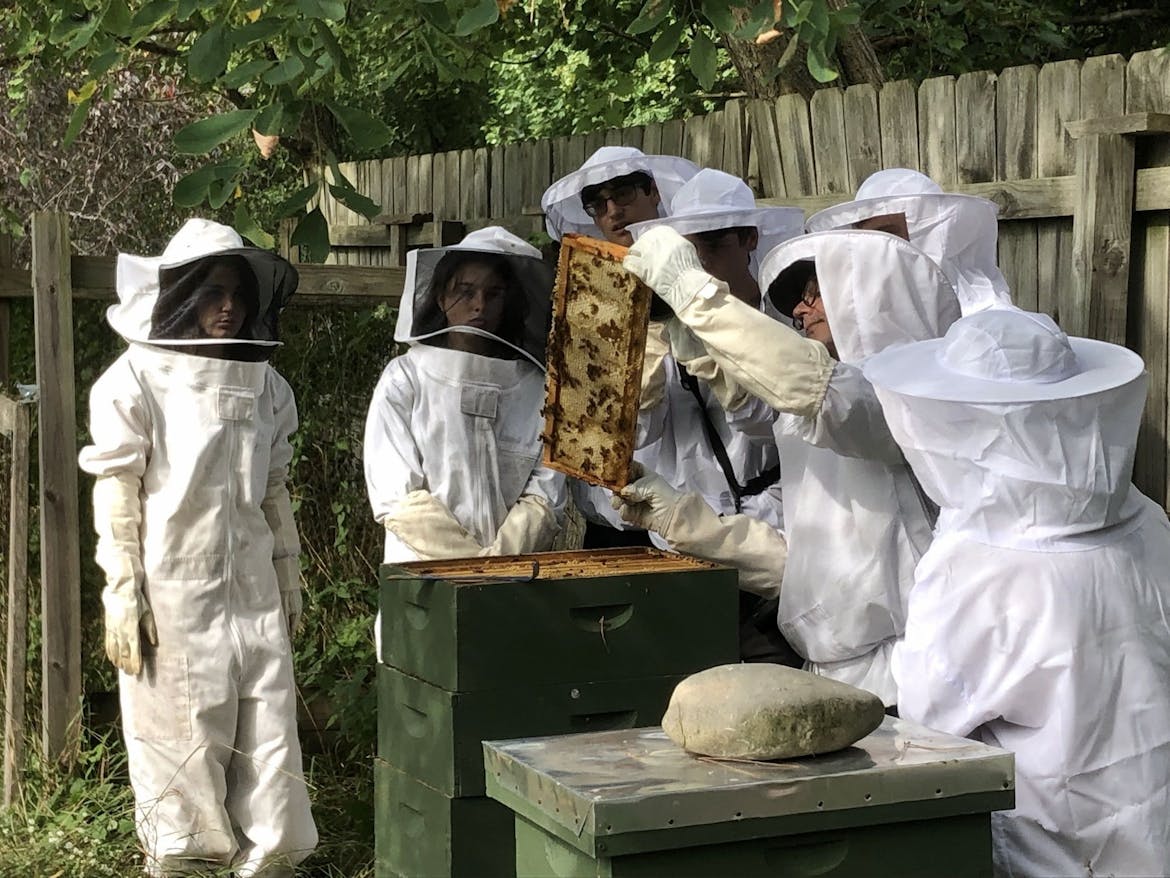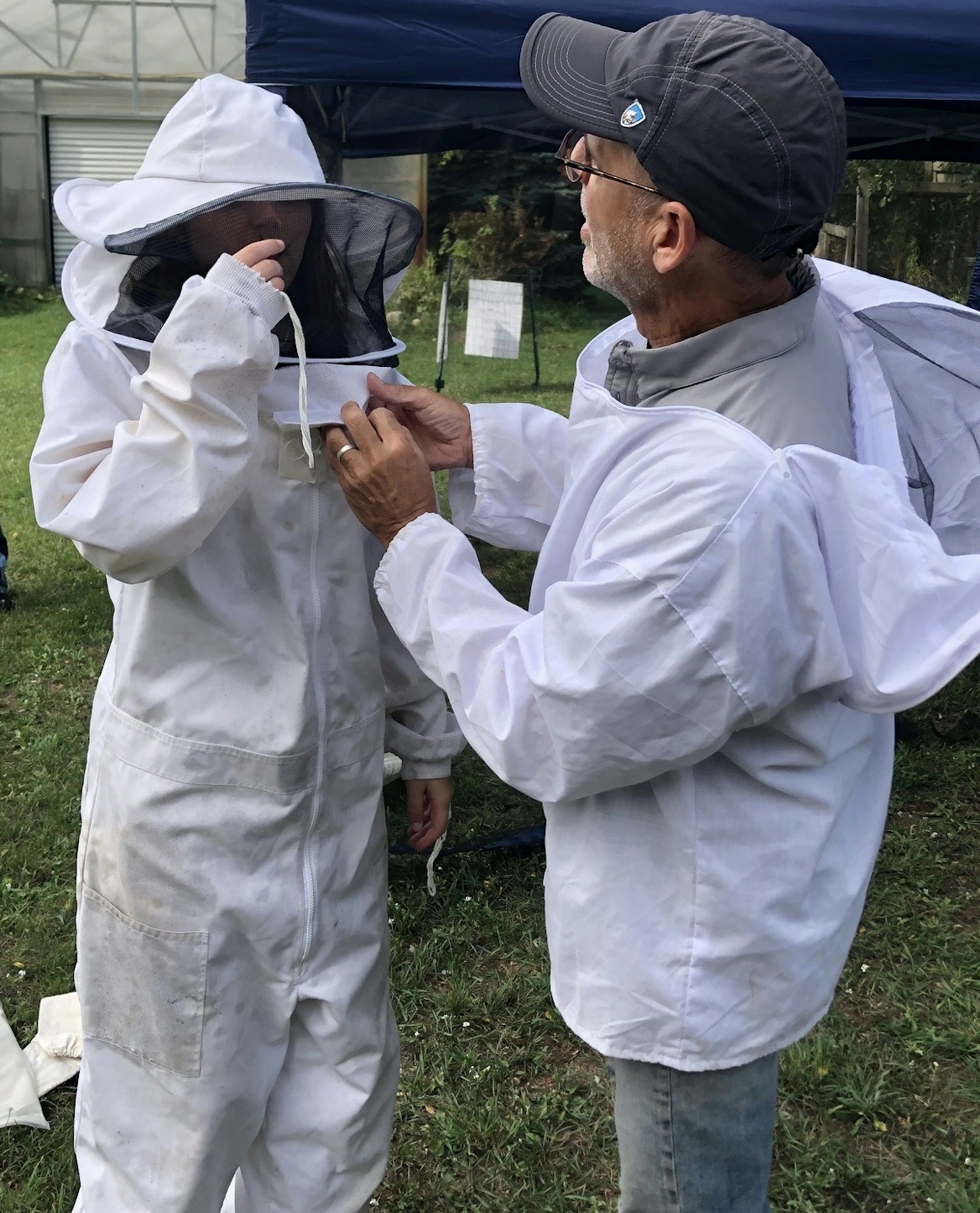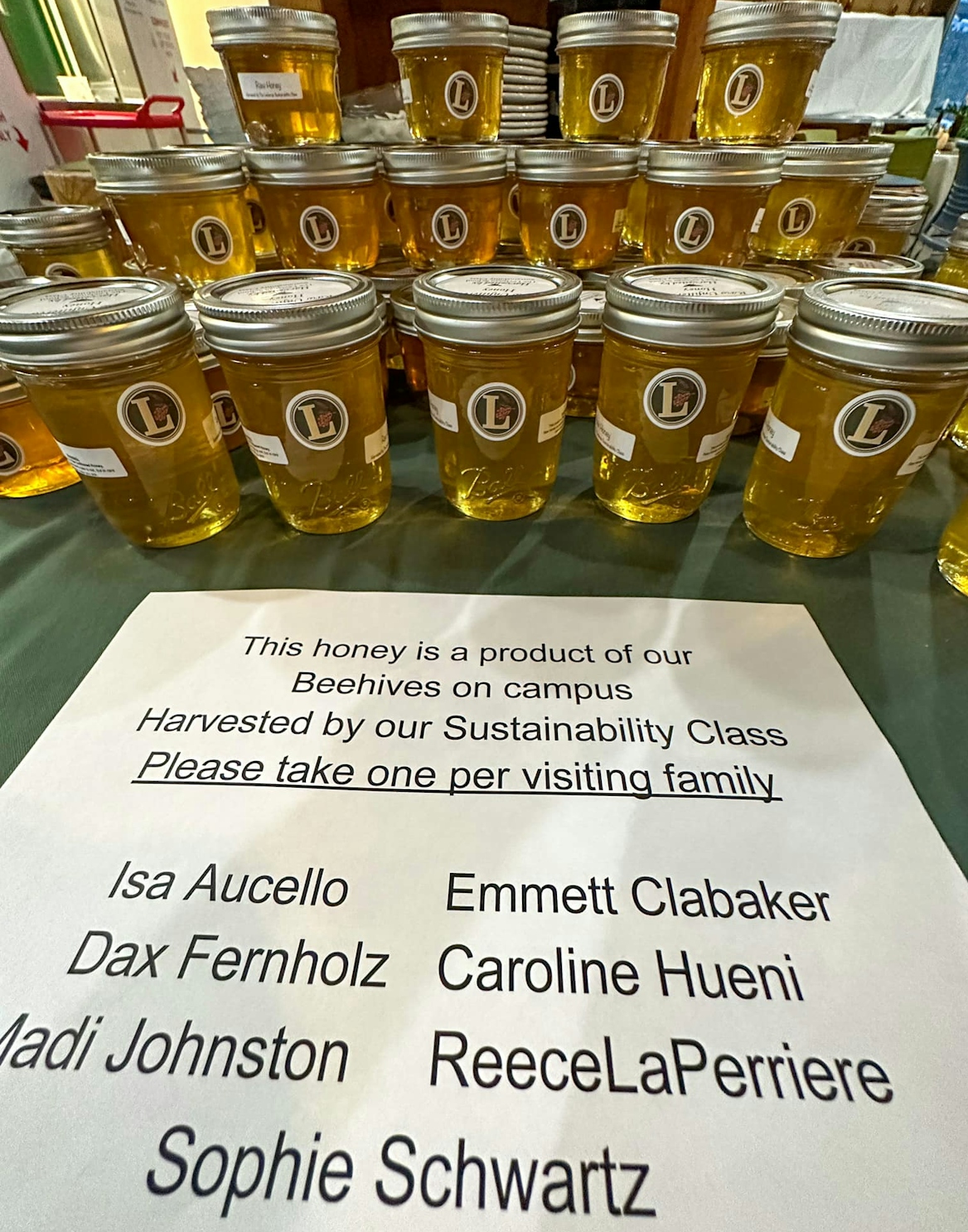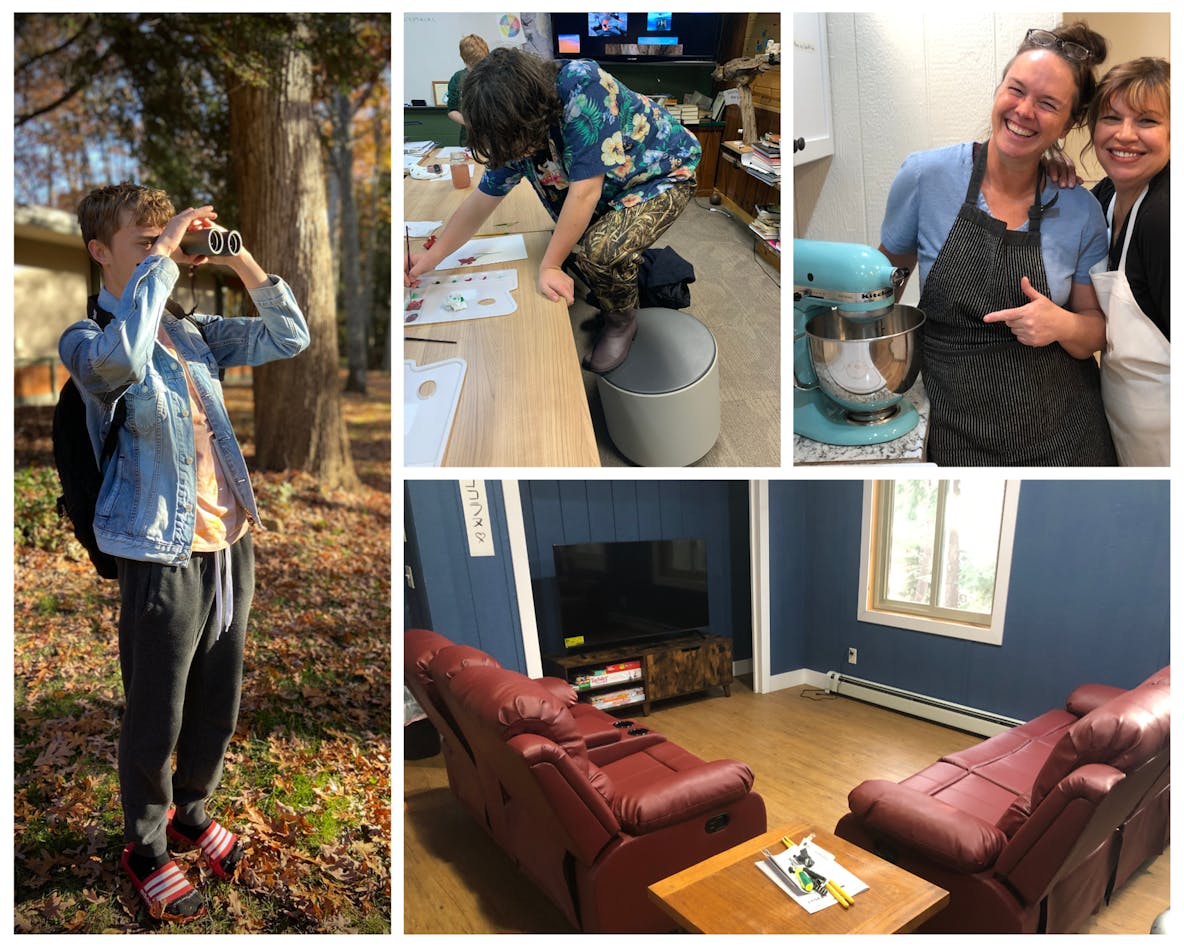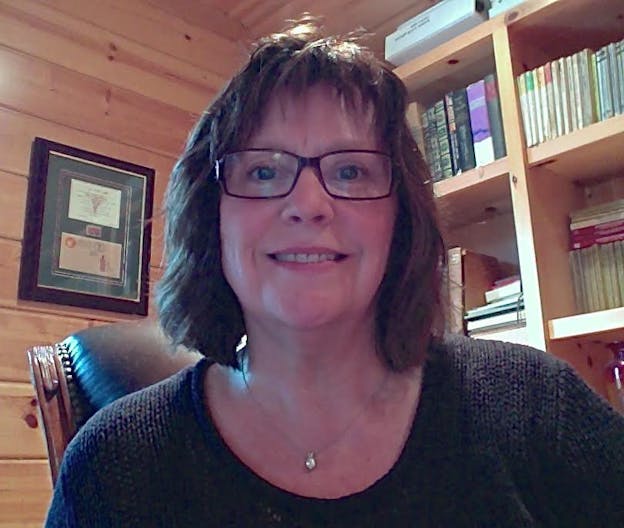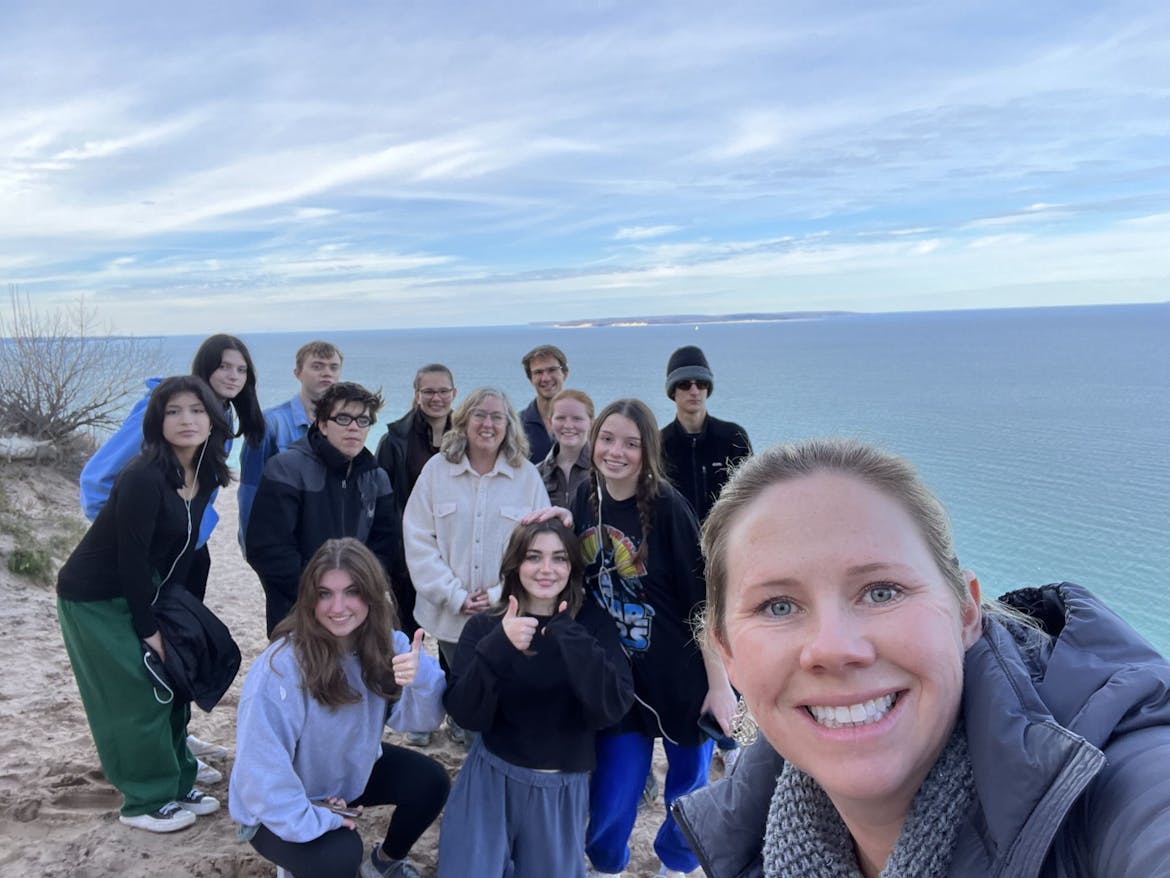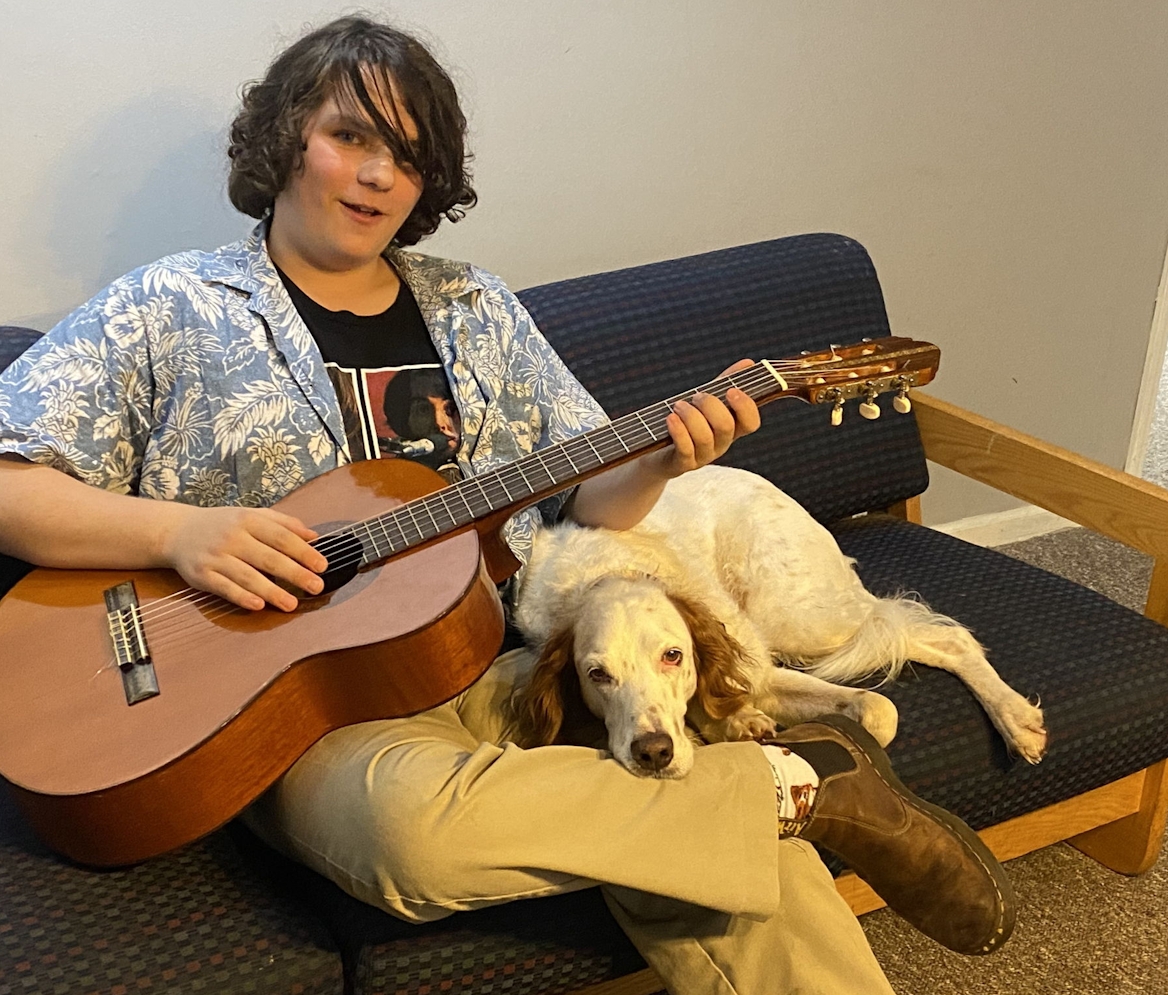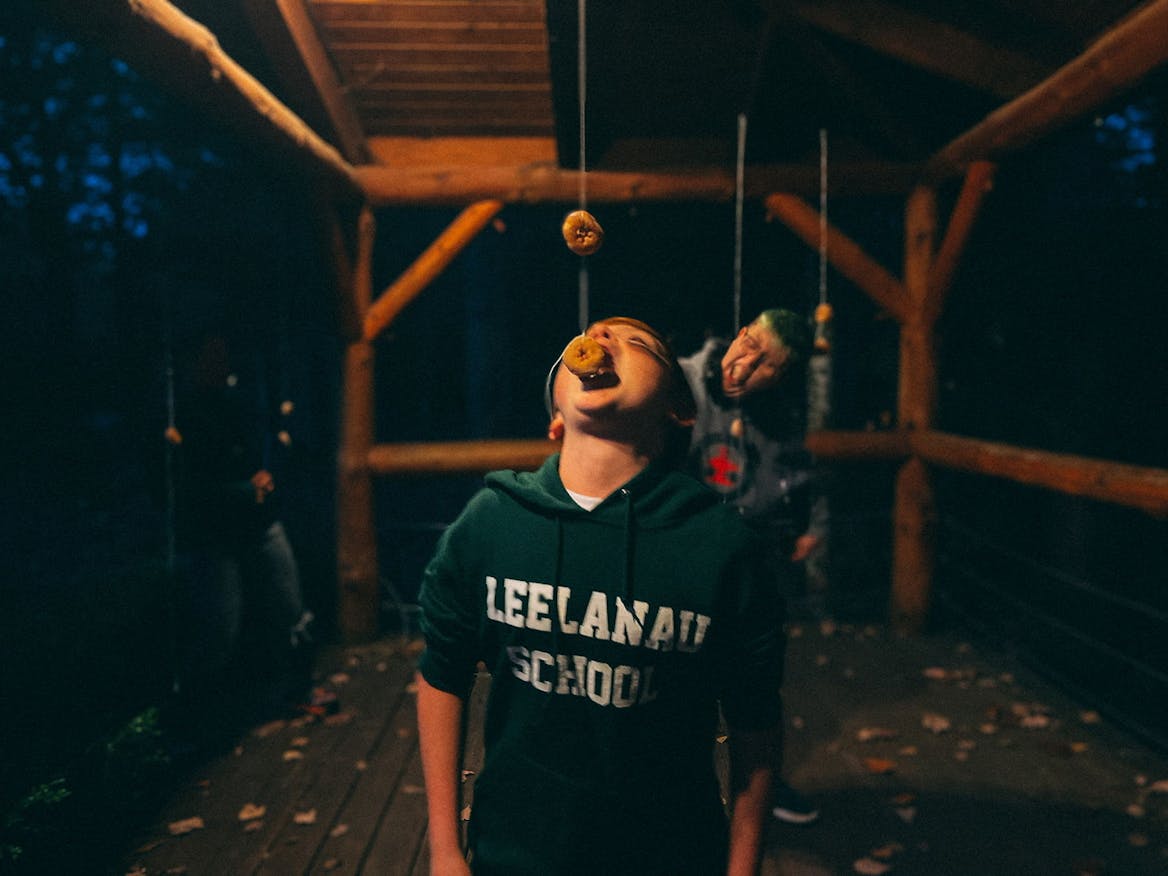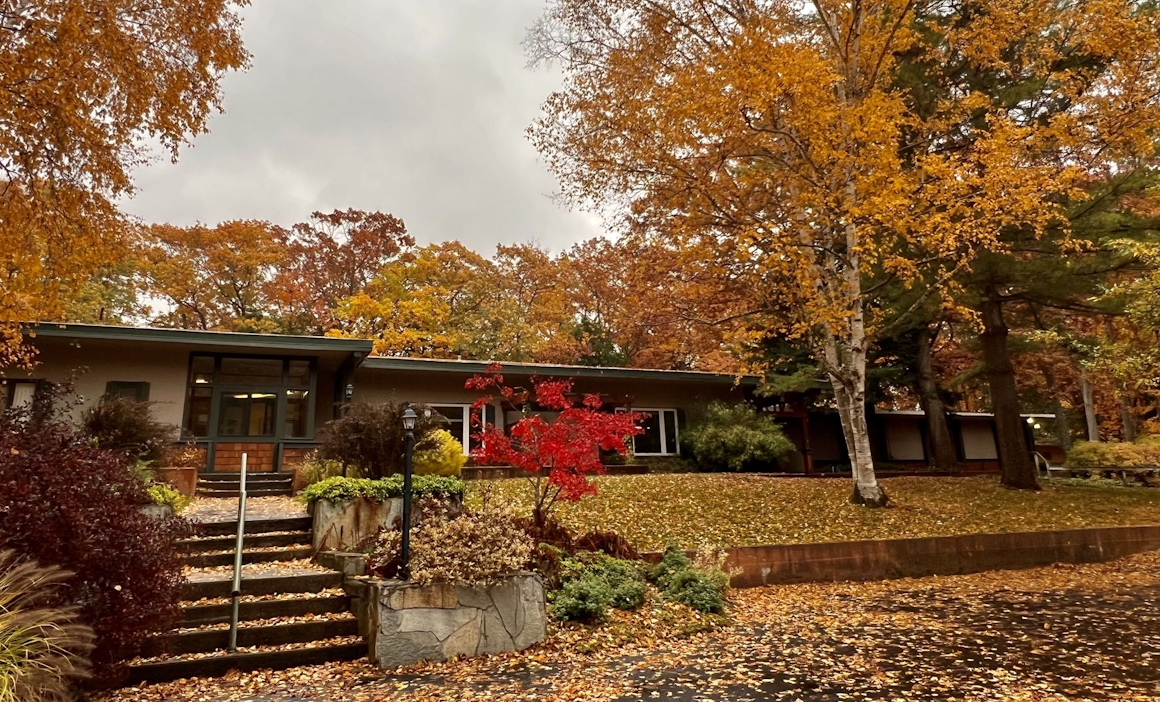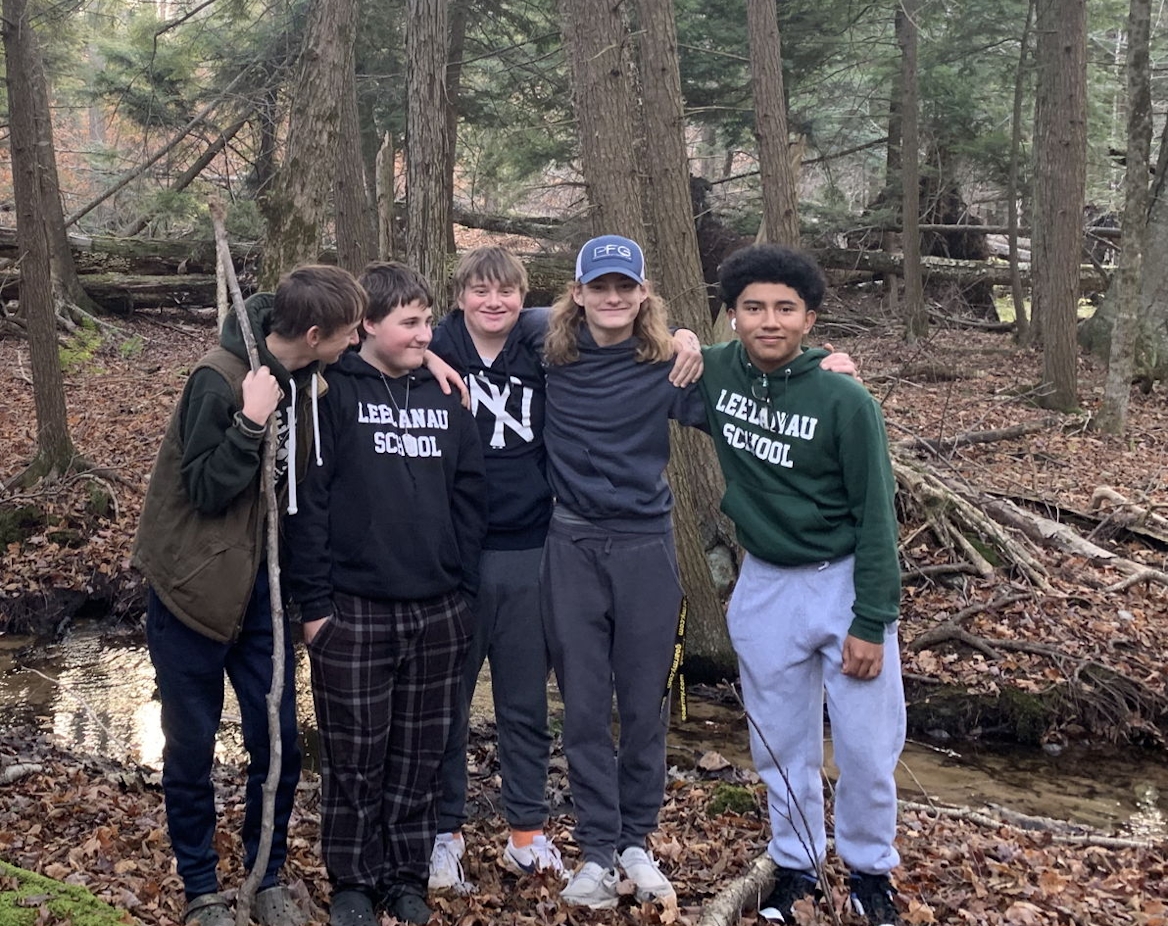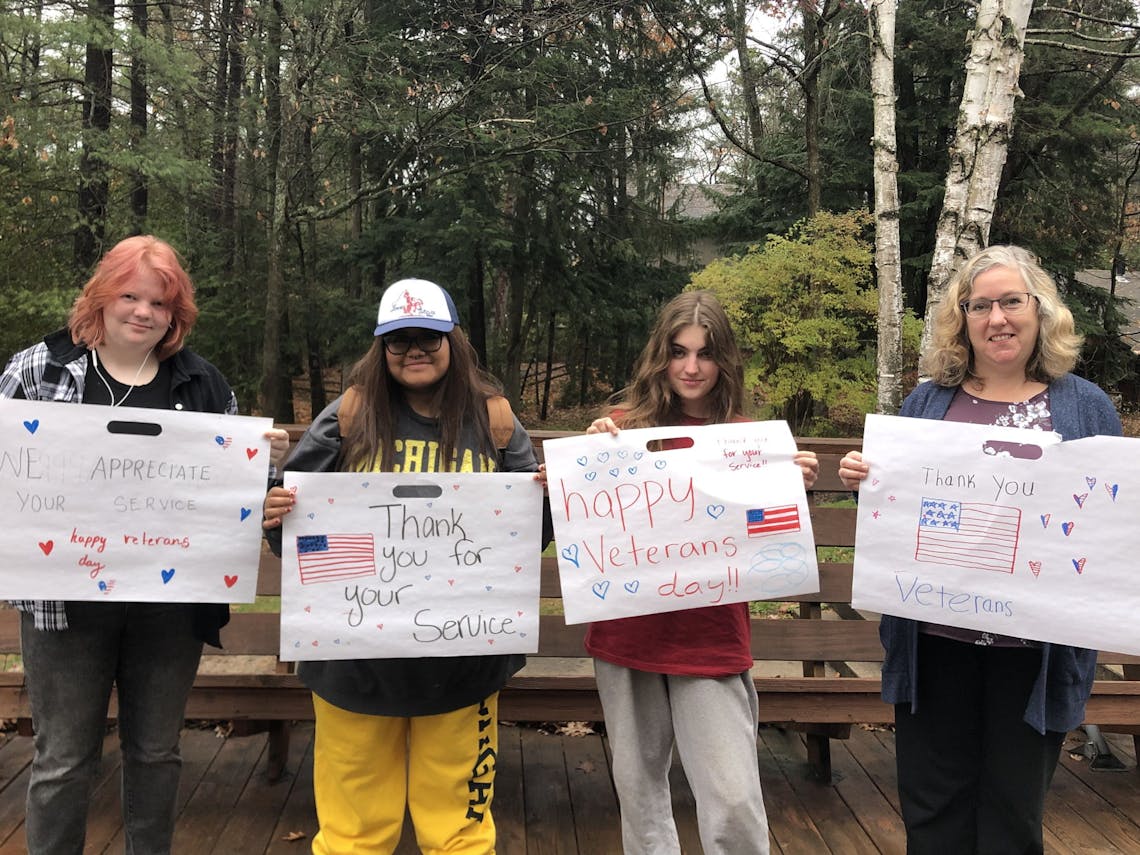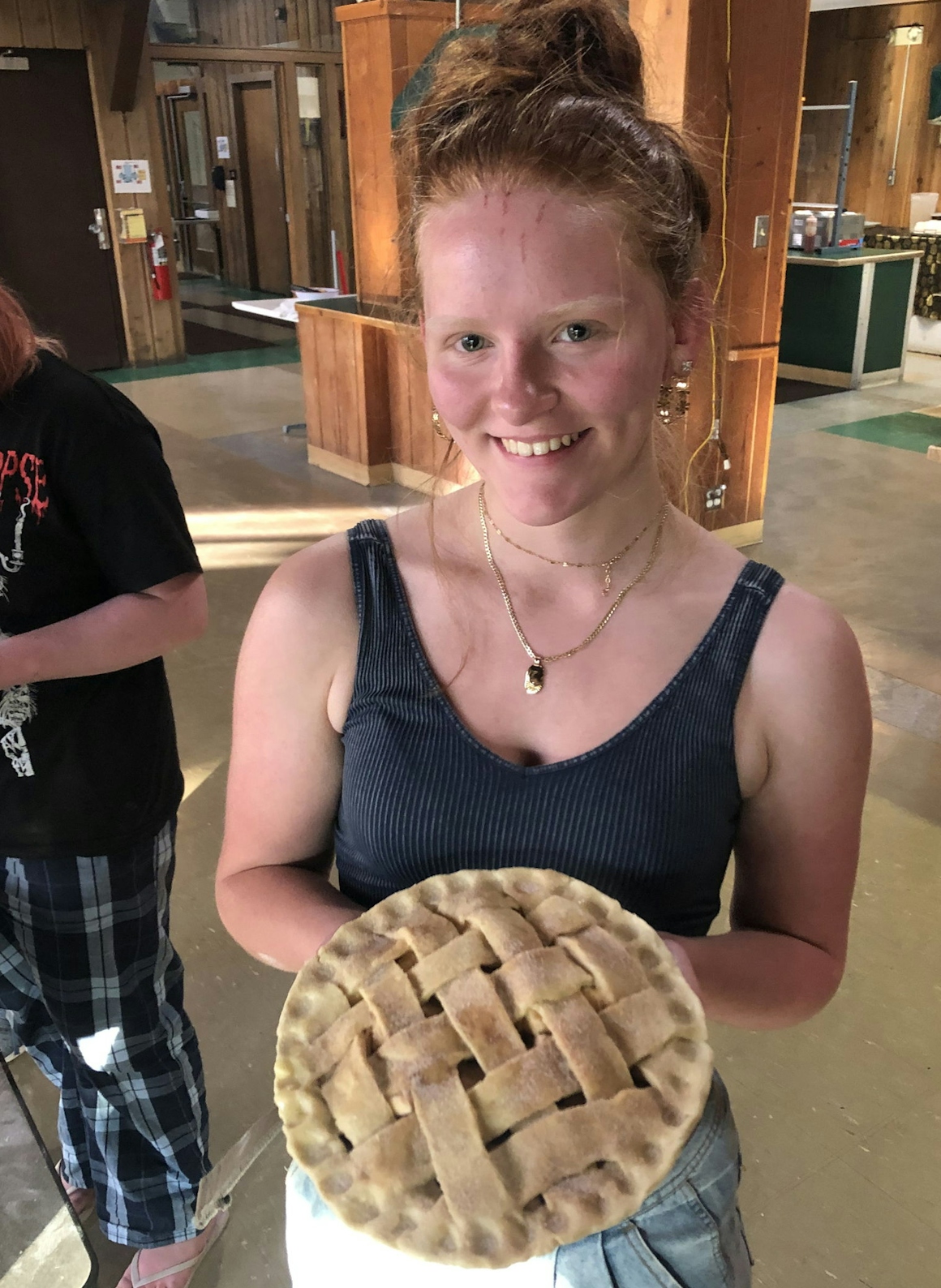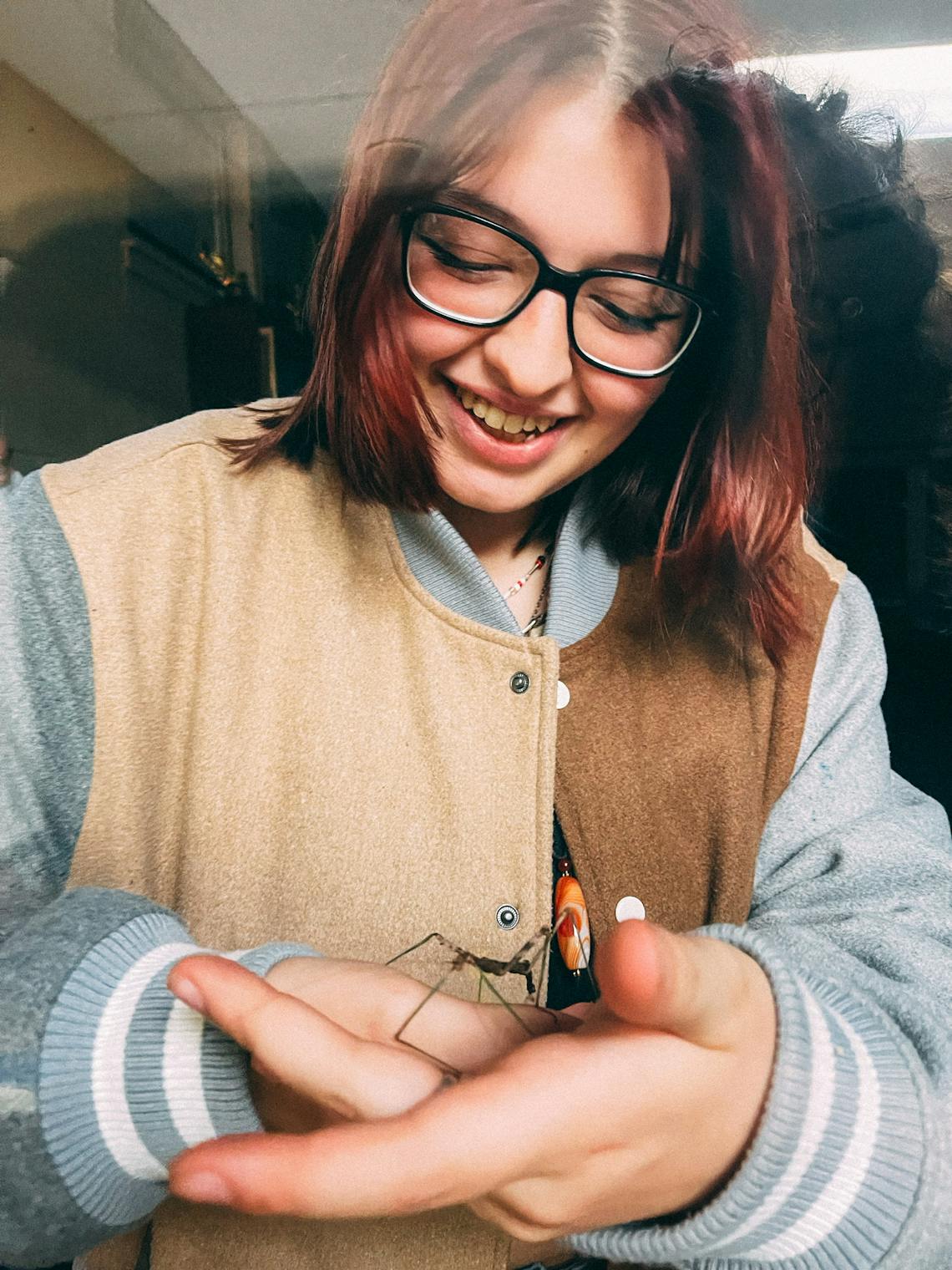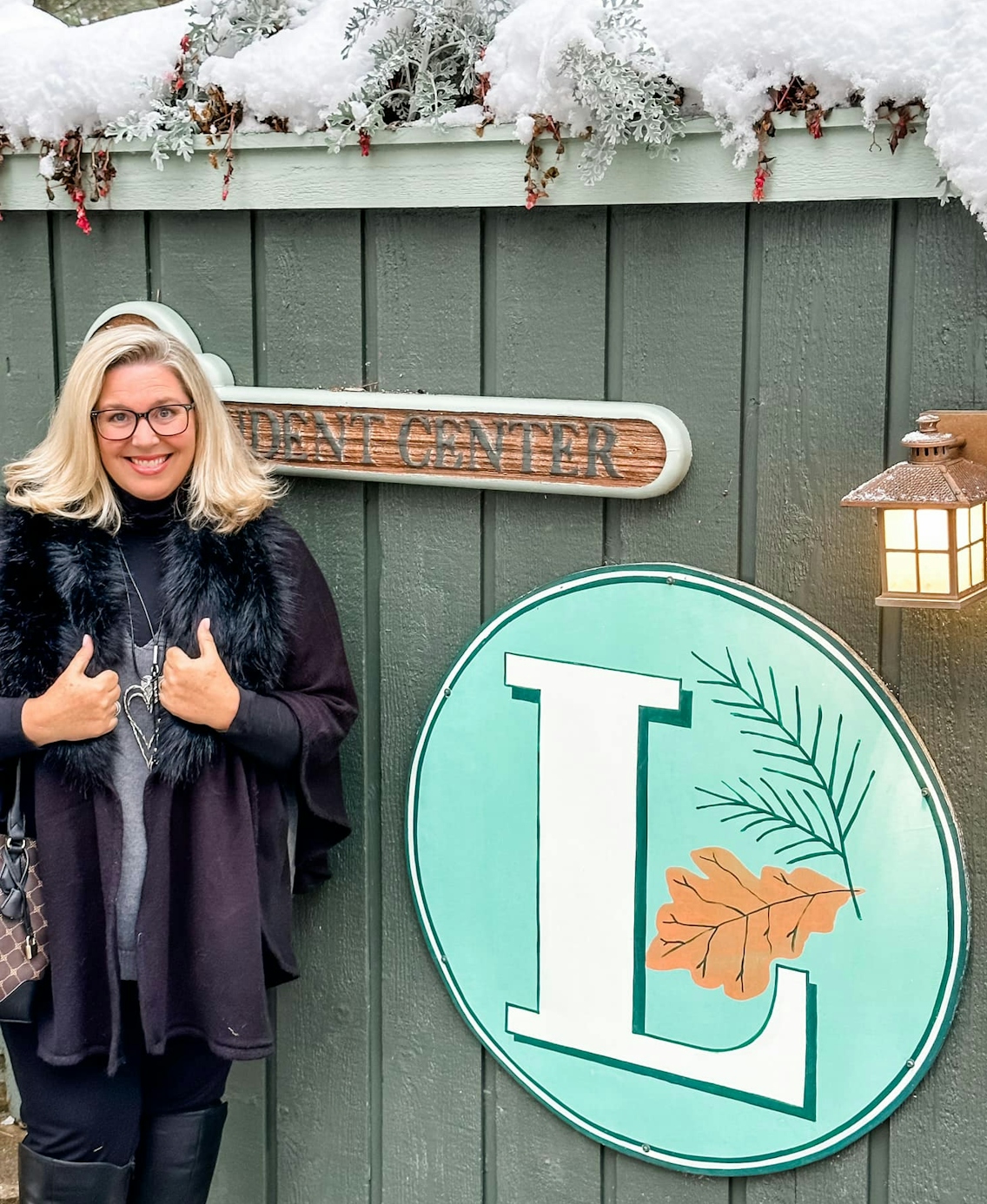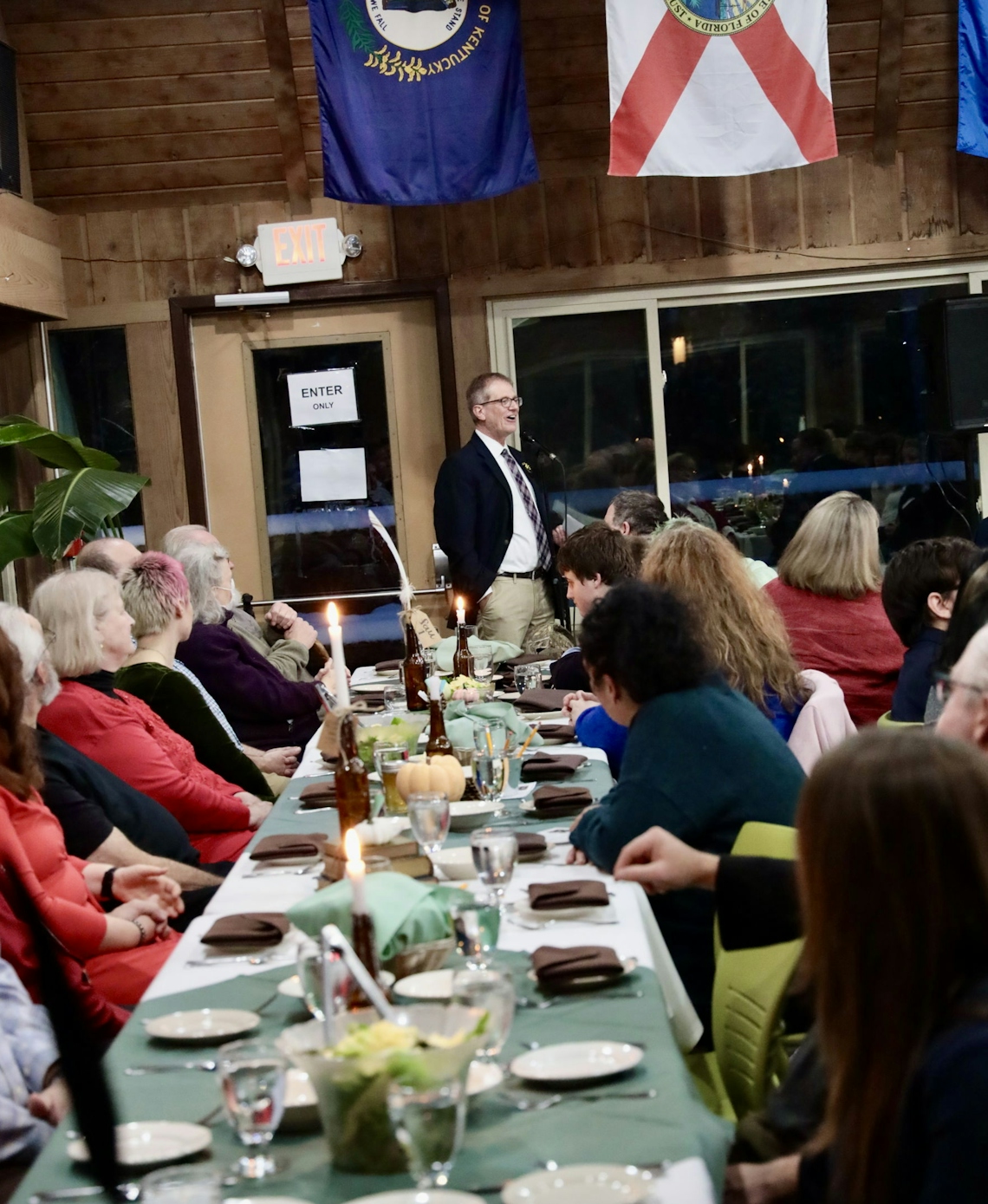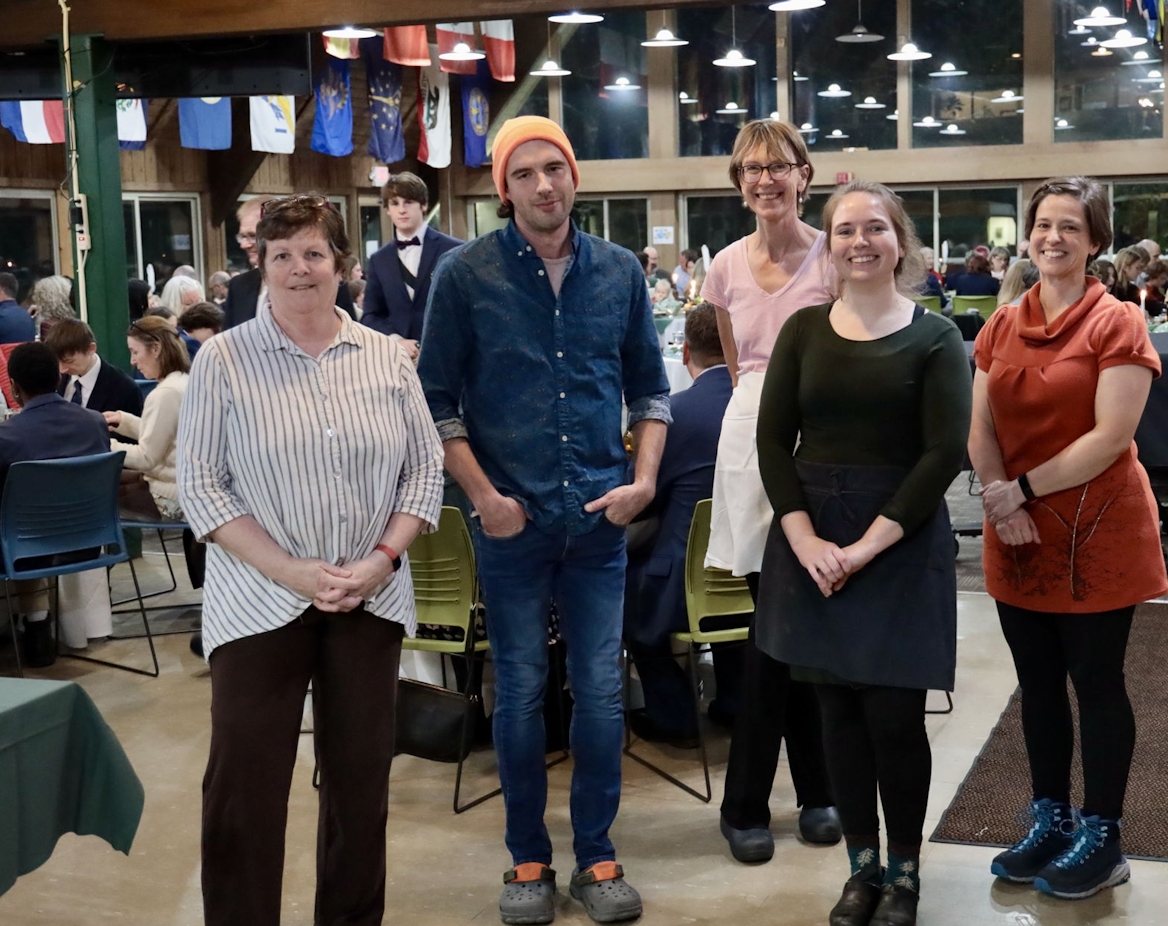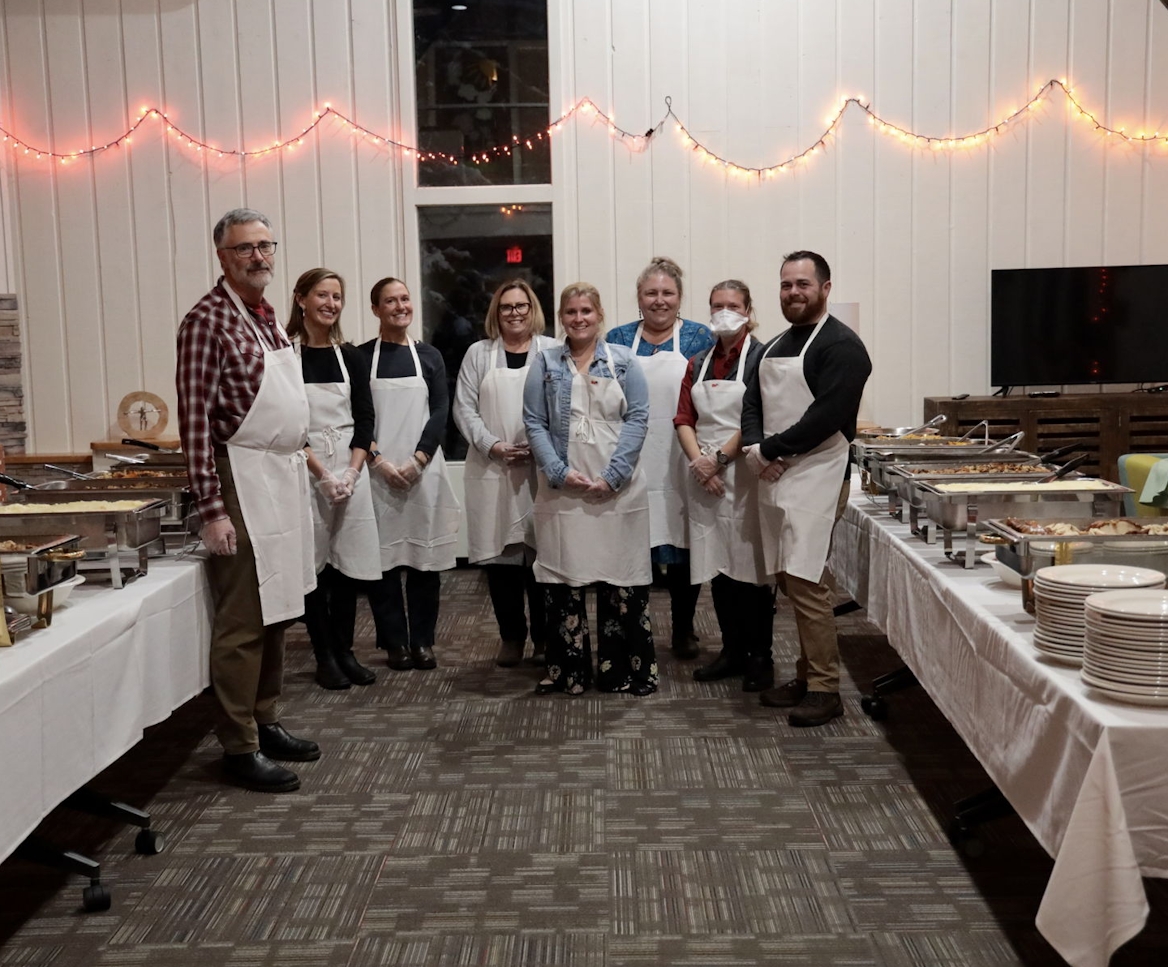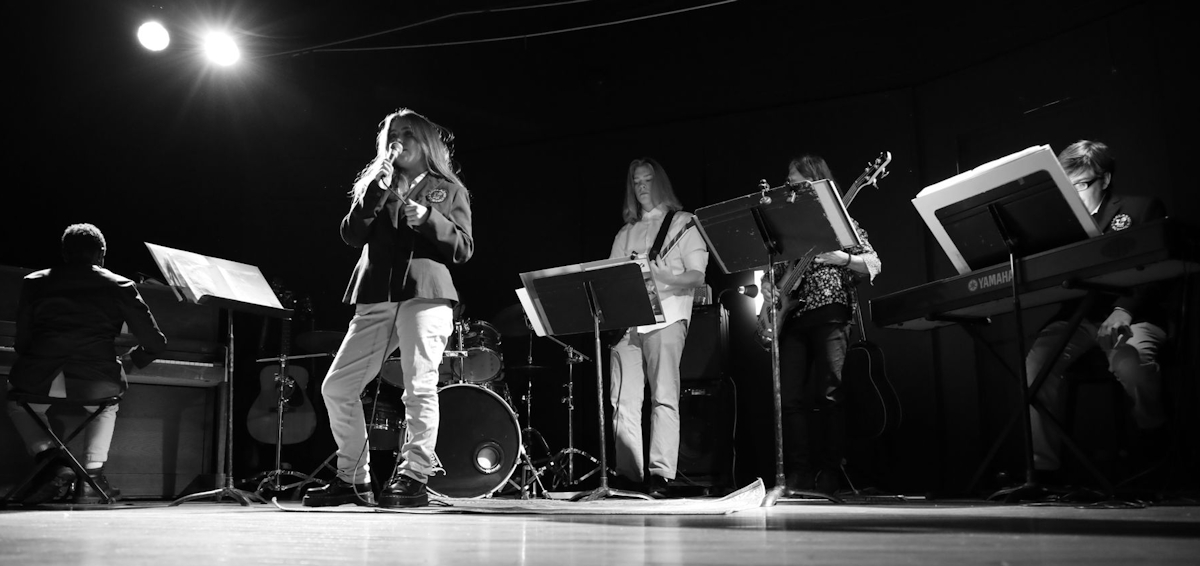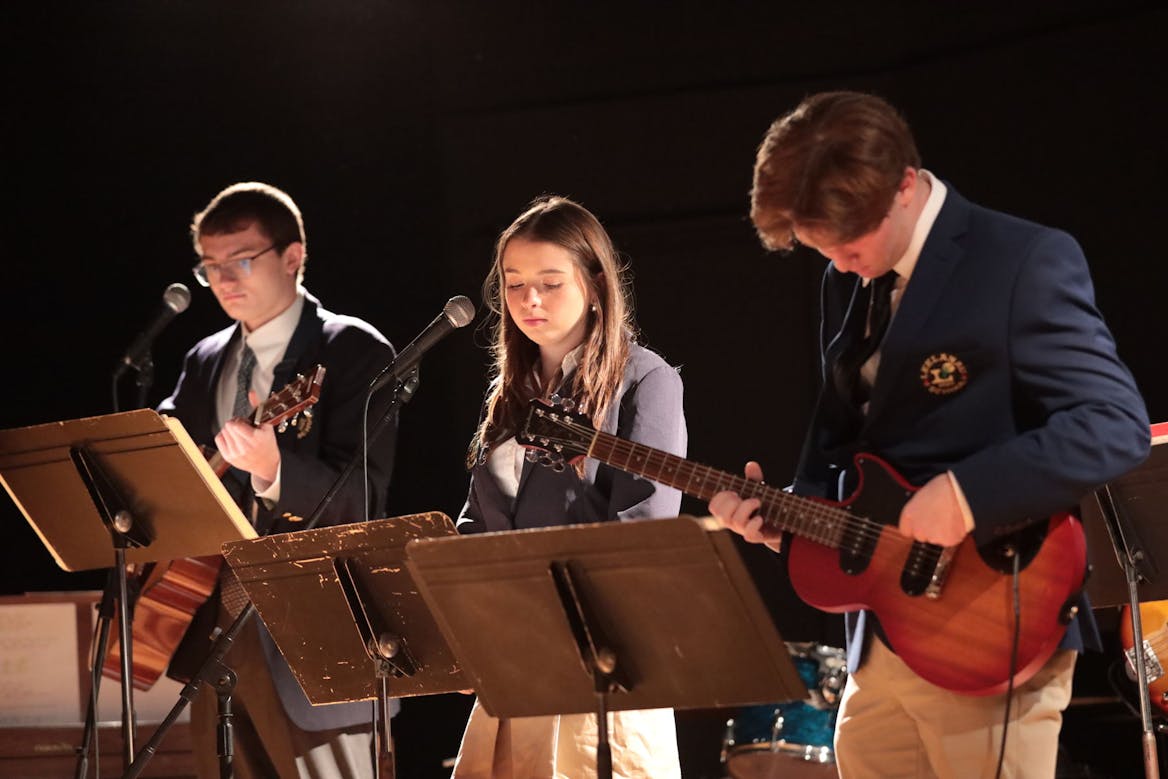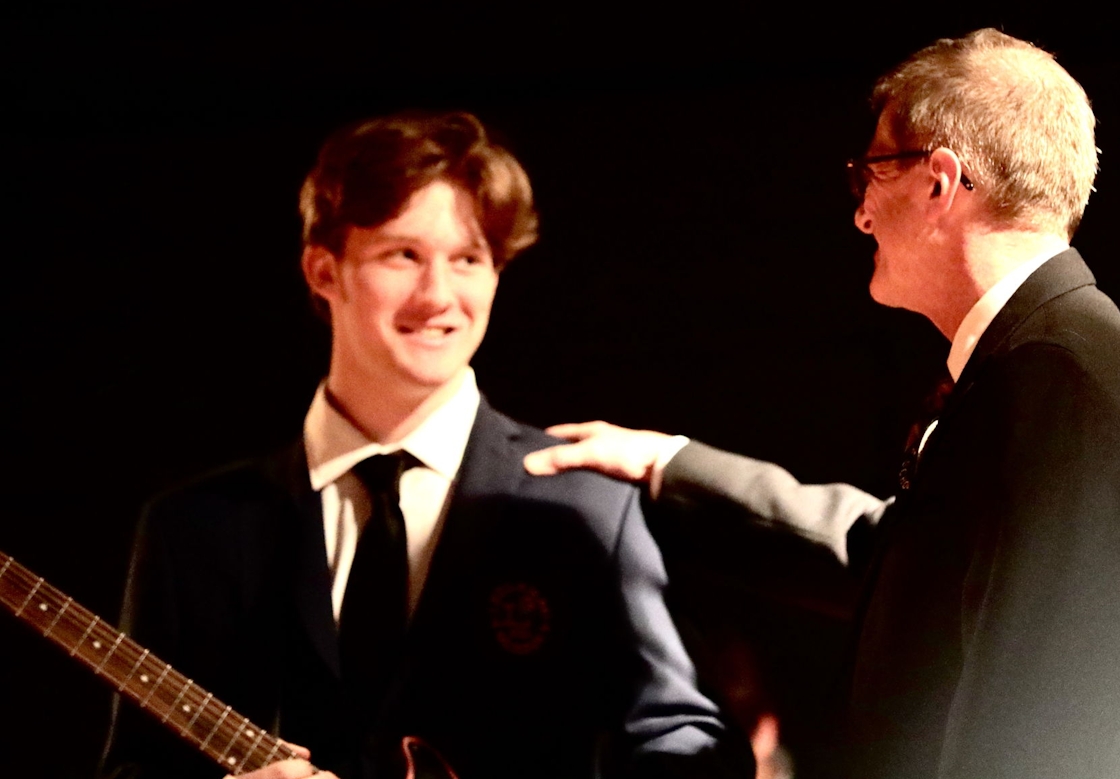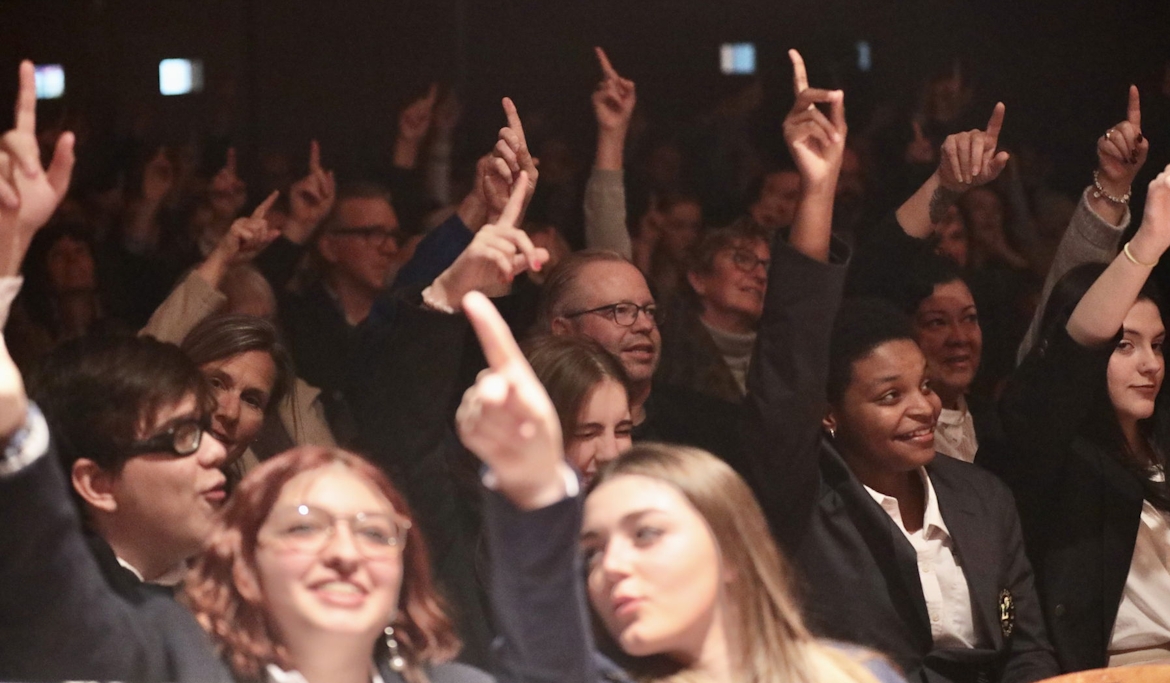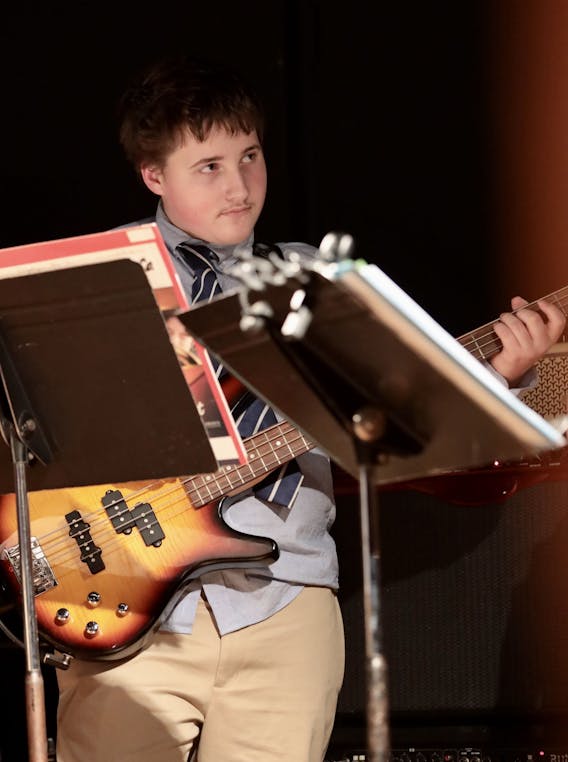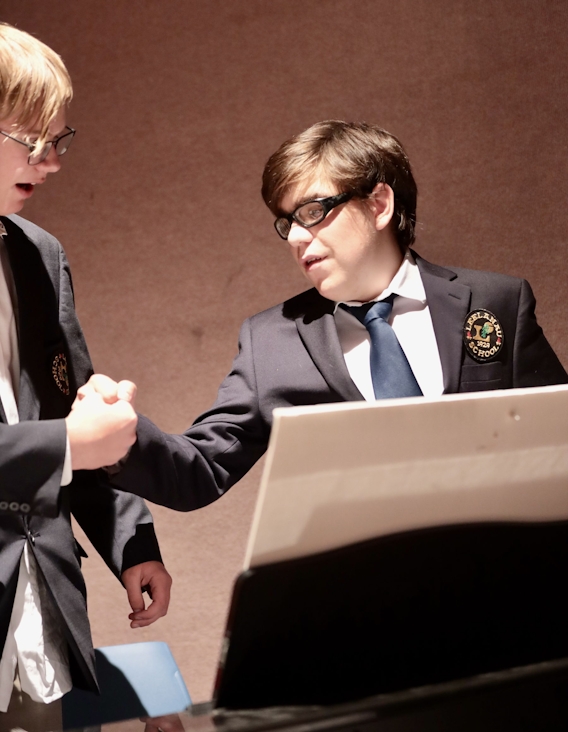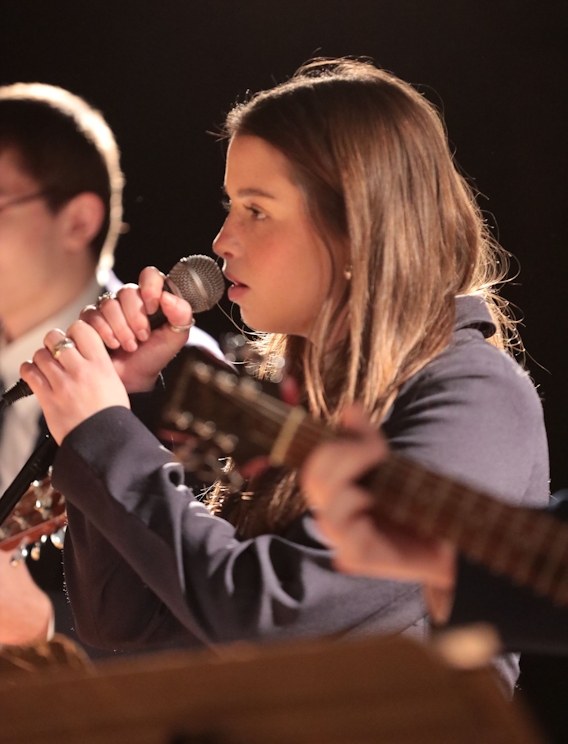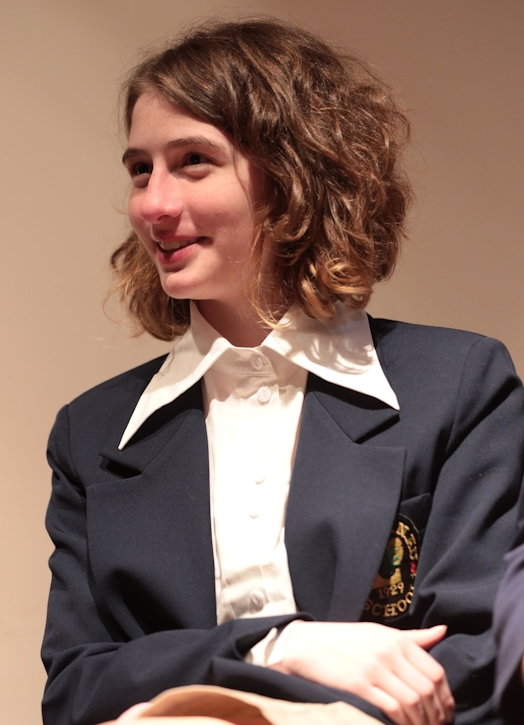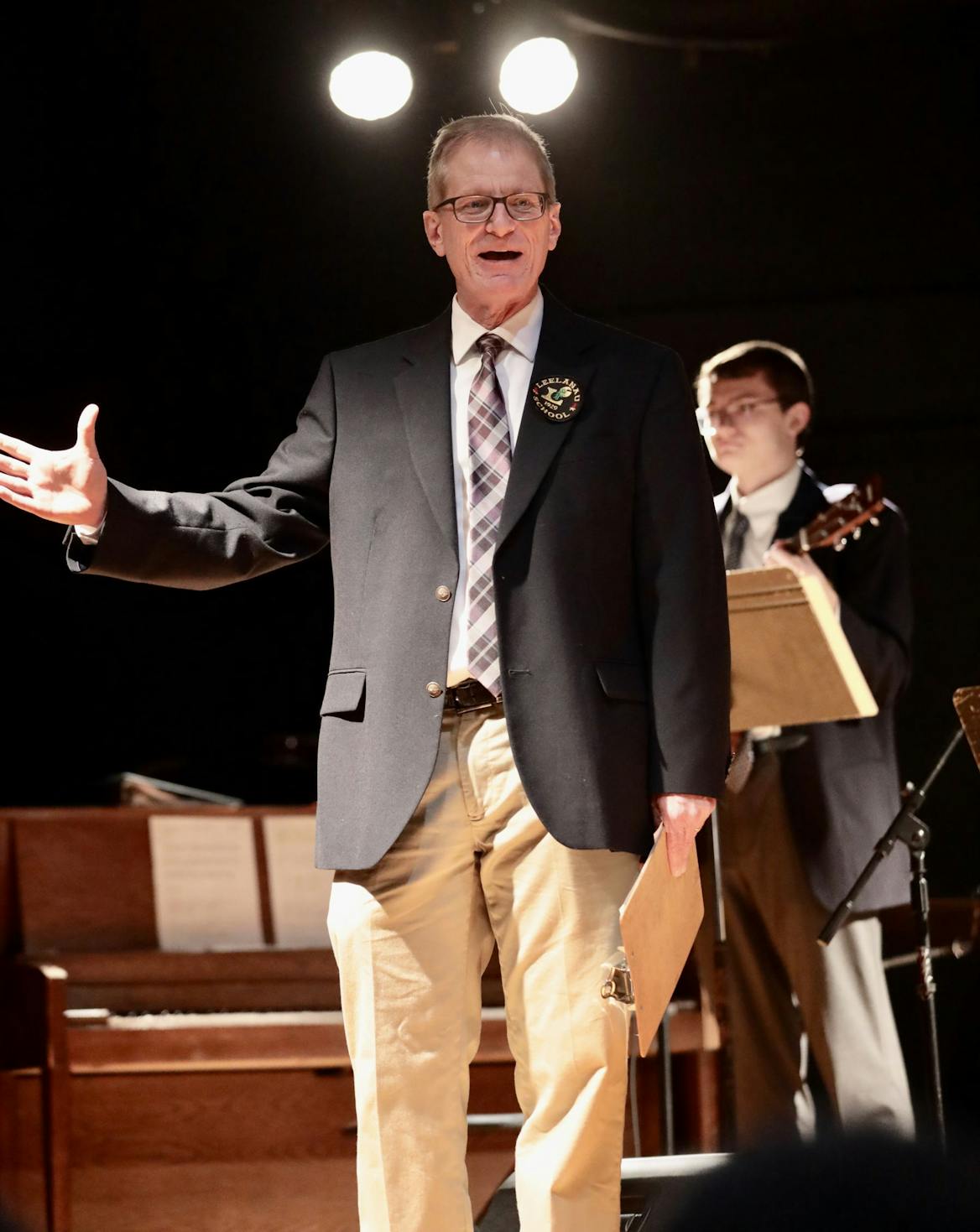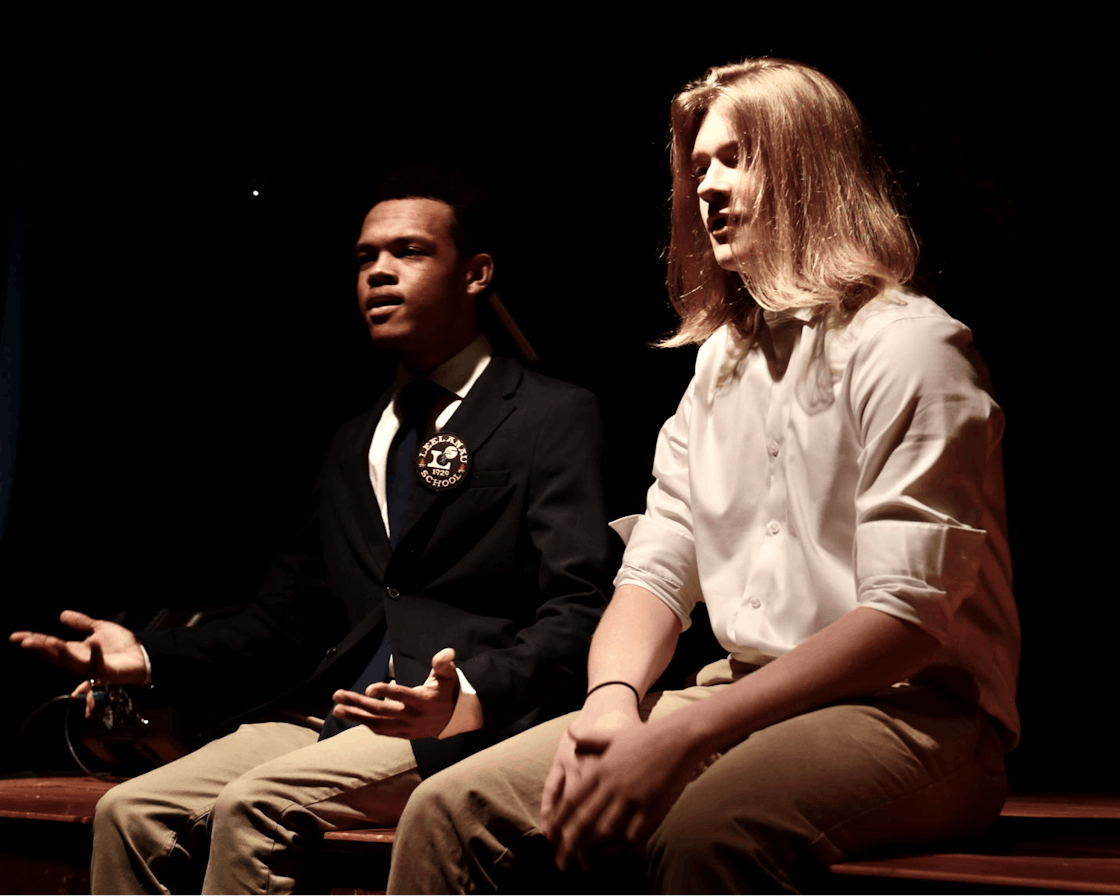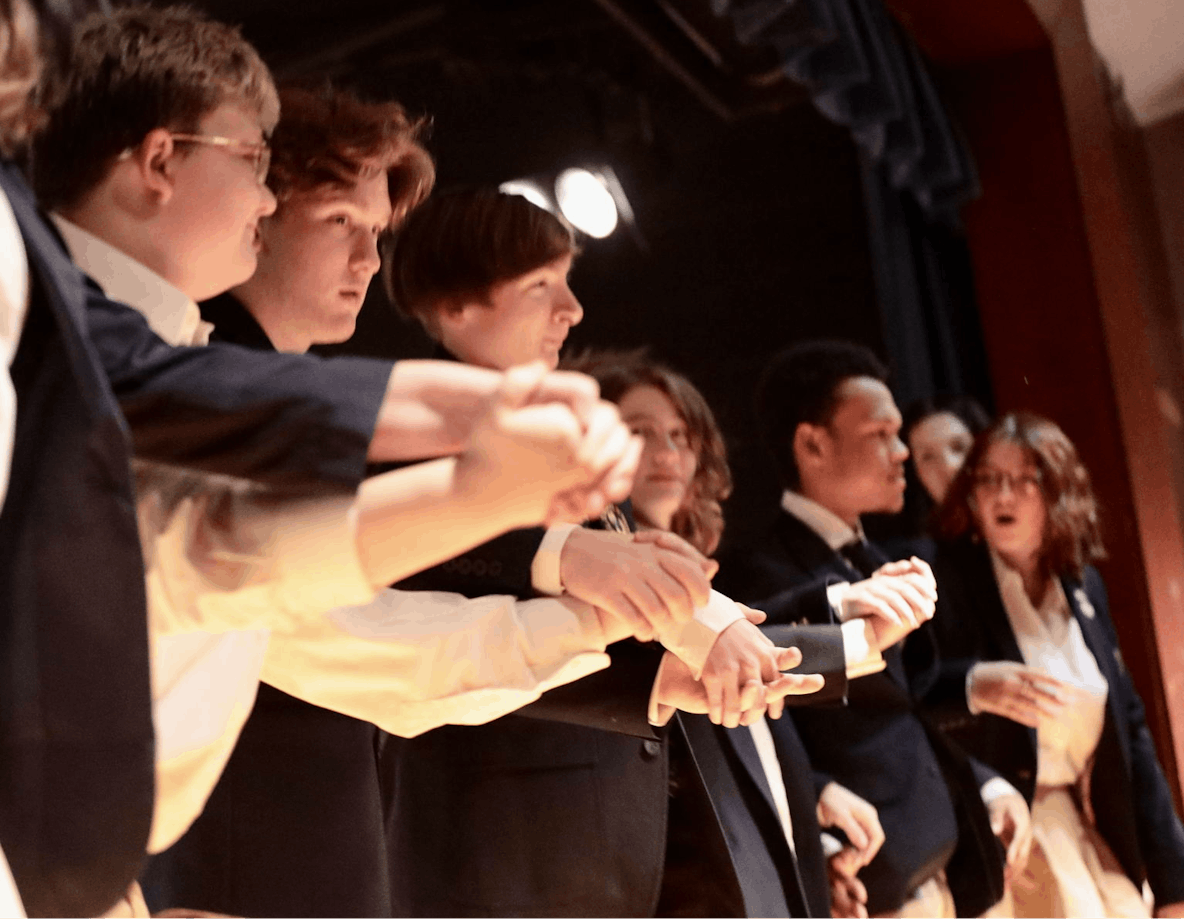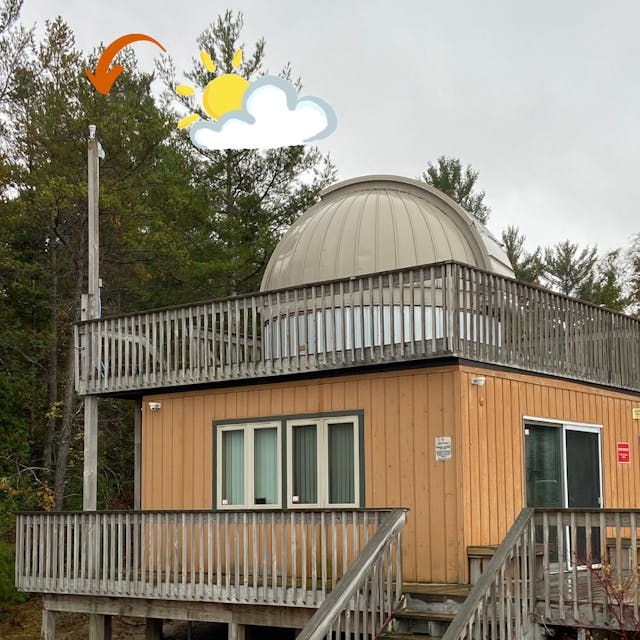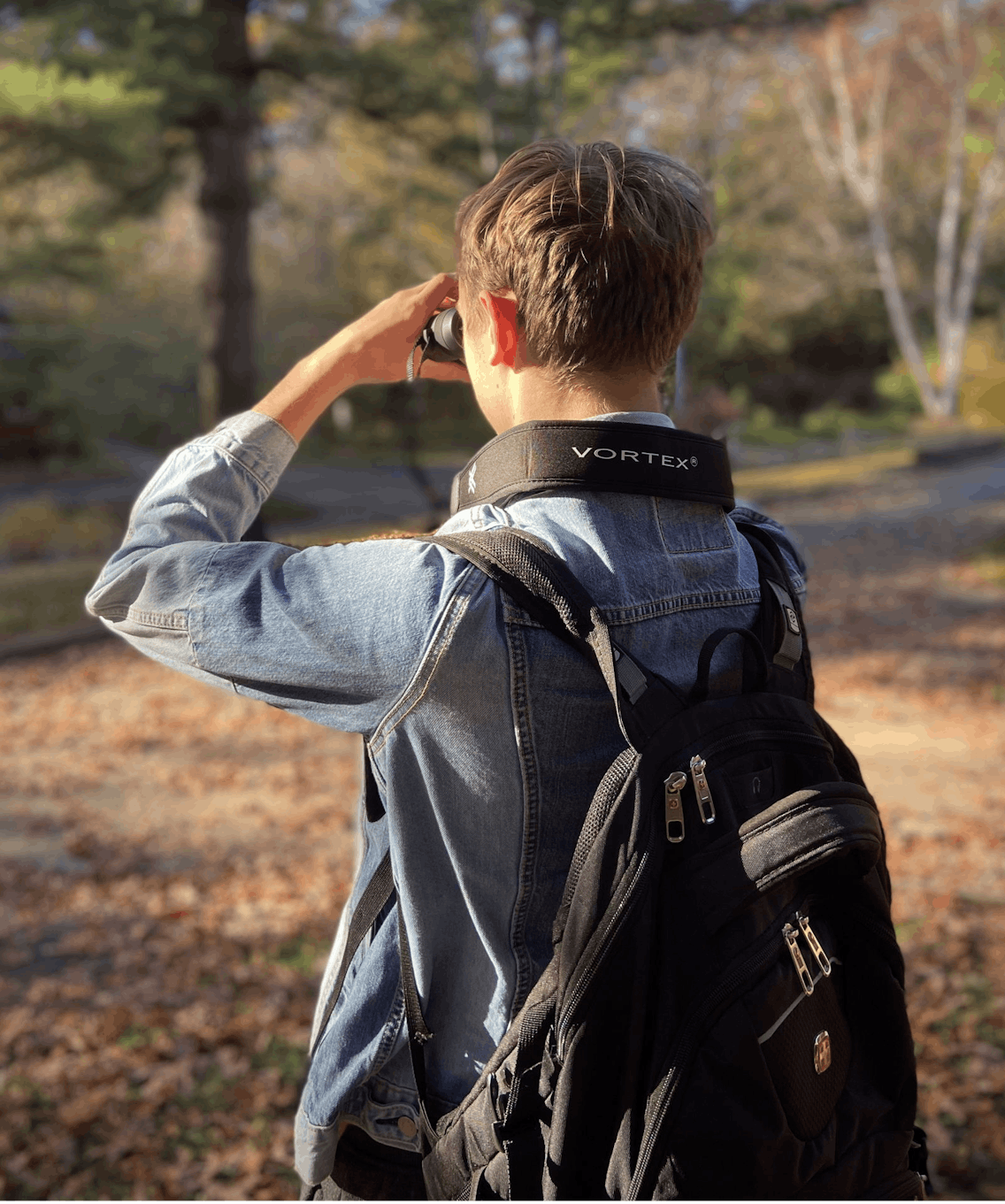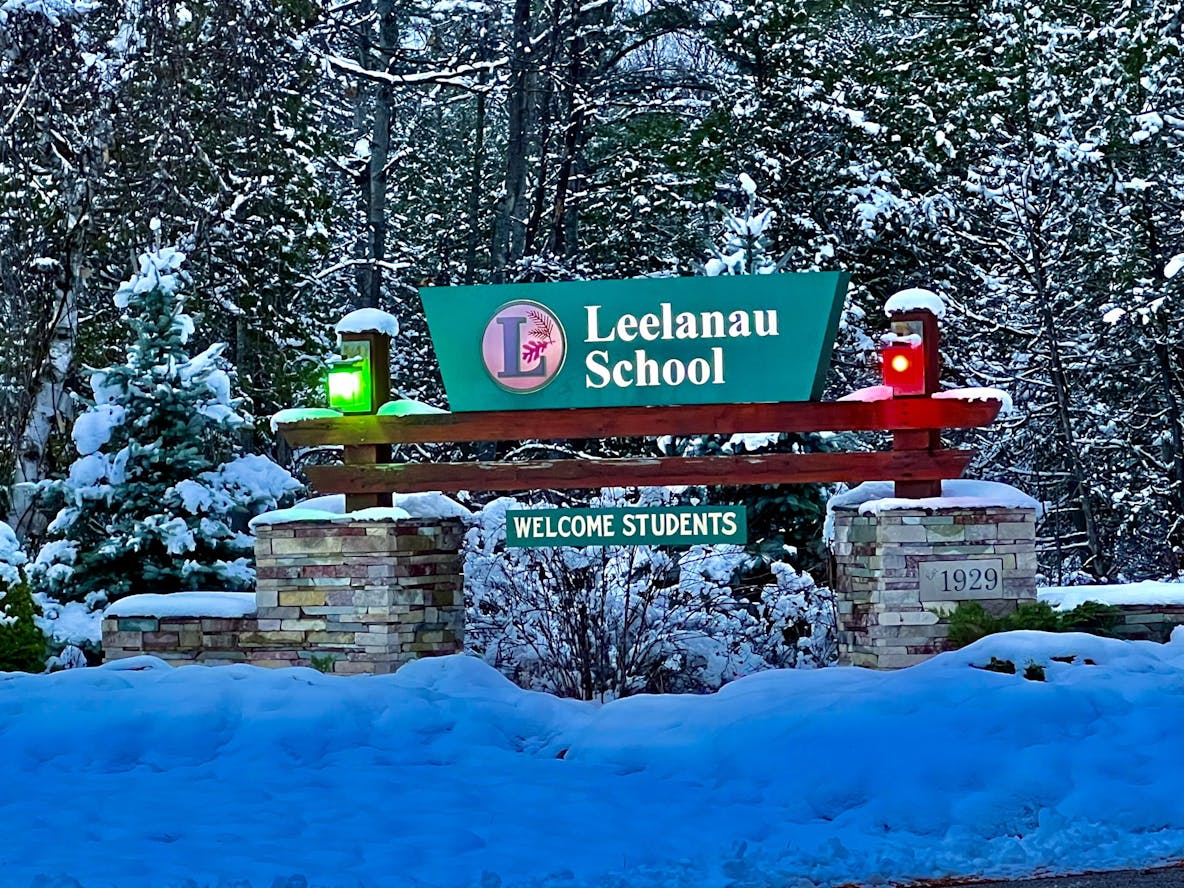BEE CAUSE:Modeling Cooperation and Community
by Kate Caliri, Dean of Admission
This year The Leelanau School has expanded its environmental science curriculum to include ornithology, freshwater ecology, and sustainability - greenhouse. All are designed to provide hands-on learning opportunities for students.
“I’d like to give a shout-out to some new and important members of our community – the bees,” announced Bruce Hood, science department chair at The Leelanau School and creator of the school’s newest greenhouse course.
Each morning at Leelanau, the school community shares positive shout-outs to acknowledge student and faculty accomplishments and kindnesses from the previous day. On this particularly sunny fall morning, honeybees were the object of everyone’s attention and praise. The 20,000+ bees on Leelanau’s campus will provide hands-on learning about sustainability, pollination, plant growth, and food, as well as other critical biological lessons.
“They teach us how collaboration is key to a healthy community,” said Hood.
Later that morning, half a dozen students donned their beekeeping suits to venture out to the hives and meet their fuzzy-winged instructors for the first time. Some nervous laughter accompanied worry over stings and the awkward, oversized white bee suits, but confidence took hold as the class observed, handled, and smelled–yes, smelled–the bees. Hood explained that bees emit pheromones, giving clues about the best time to harvest honey. He acknowledged that working with bees can be dangerous and that respect and gentle care would be required, which he modeled to students. This experiential discovery, or “learning by doing,” is core to Leelanau’s teaching approach.
Since that morning, Leelanau students have harvested six gallons of honey, to the delight of the school’s kitchen team and diners. Students are learning about sustainability beyond the limitations of textbooks and traditional classrooms. They are scoping out the landscape at Leelanau, identifying which plants are good for the bees, and considering how to enhance the Leelanau School campus to better suit bee needs. They are observing and communicating bee behaviors and exploring what these behaviors mean. To date, no student has been stung while harvesting the honey, and they are learning how the culture and history of beekeeping is a communal act of care, just like the bees’ own model of cooperation.
And happily, the neighborhood black bear has yet to discover the new hives!
